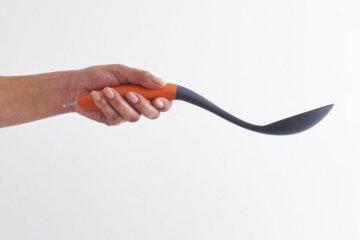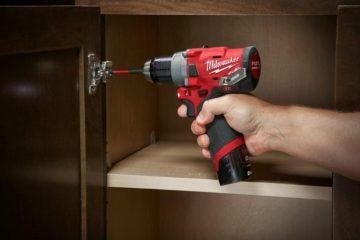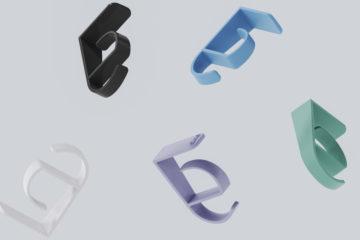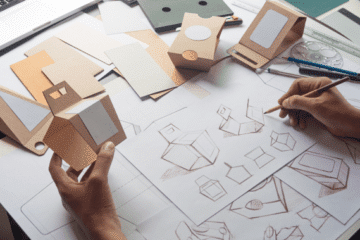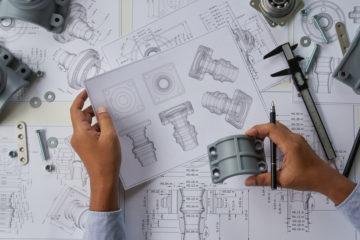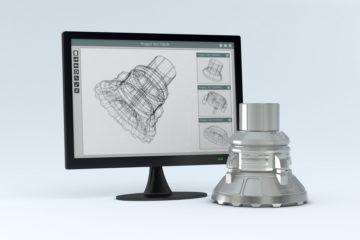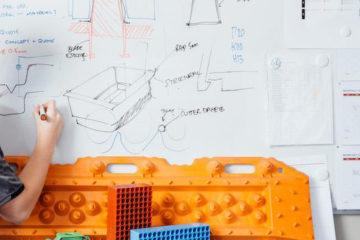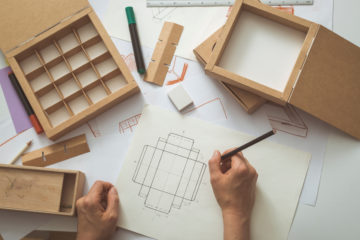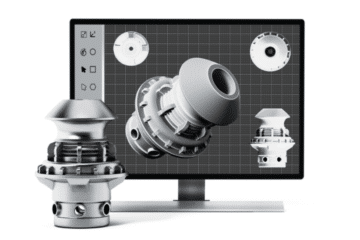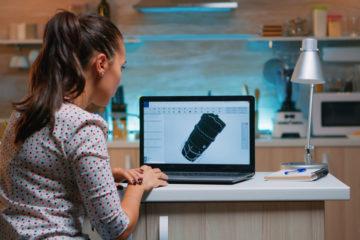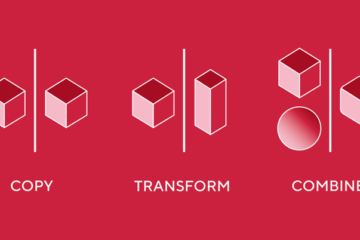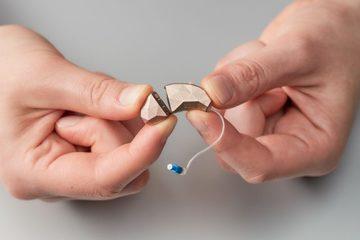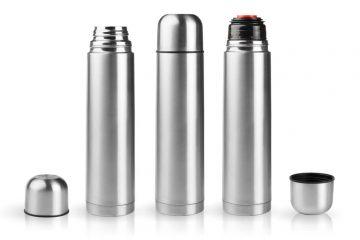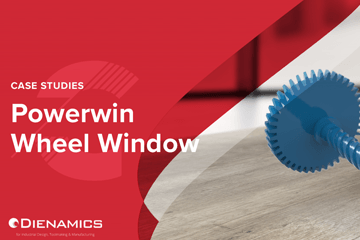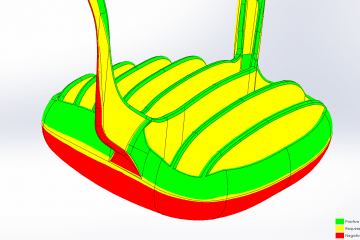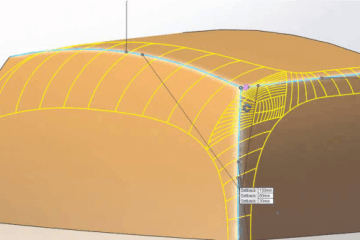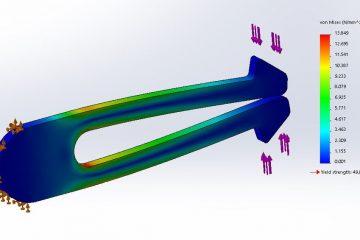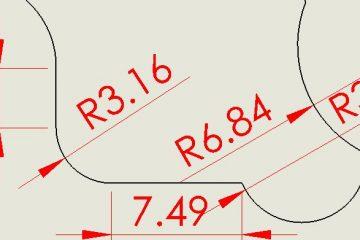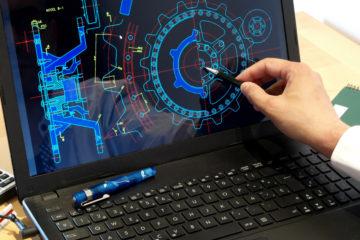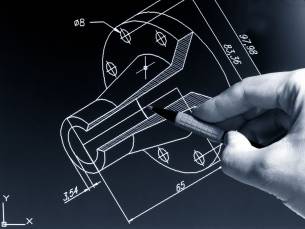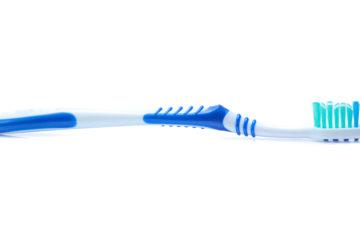Ribs are thin wall protrusions that extend perpendicularly from a wall or plane. They are usually found in clusters offering support to a plane that would have otherwise been too thick, but can also be a stand-alone support for a single wall. Ribs are an important part of product design and will ensure that your product will remain both strong and (depending on your need) flexible to your desired specifications.
- Ribs make the walls of your mould stronger without having to increase their thickness. Wall thickness is a problem when designing your product for injection moulding. If a wall is too thick on a part it can cause warping and sinkage in parts, often causing the whole design to be rejected. Ribs solve this problem by providing additional support for thinner walls. Ribs are as effective structurally, if not more so, than thick walls. They also have the added benefit of using less materials.
- Adding ribs to your design will increase the ‘bending stiffness’ of a plate. The ribs applied to a plate are called ‘gusset plates’. The ‘bending stiffness’ refers to the applied bending movement of a plate. The ribs allow the part a degree of flexibility that effectively increases its strength, as movement is absorbed rather than inflicting shock.
- Ribs increase the durability and quality of your part while reducing material cost, but there are guidelines to follow when designing your part with ribs.
- It is common practice to set a rib’s thickness at 60 percent the thickness of the wall it is supporting. So if a wall is 5mm thick, the rib supporting it will be roughly 3mm.
- Coring to maintain rib thickness. If a rib is too thick for the part, is may be necessary to core it out from the back or underneath. This creates a hollow space underneath the part whilst still retaining wall thickness.
- Maximum rib height. If you are using ribs, or gusset plates, on a plate, you must follow a couple of particular formulae for maximum effectiveness. The height of the ribs, that is the length perpendicular to the wall, must equal no more than three times the thickness of that wall. The space between the gusset plates must be equal to a minimum of twice the wall thickness.
- Rib/load orientation. The positioning of your ribs should be carefully thought out in terms of their eventual use and load bearing. There is no point orientated a rib on a wall if the load will be putting pressure elsewhere.
- As with all angles on your product design, be sure to include a fillet radius in your rib design.
Ribs are an all-important part of product design and one of the main factors contributing to the part overall strength. When used correctly, ribs can support a lot more than a thicker wall could avoiding problems at the injection moulding stage.
Subscribe to Our Newsletter
Get the latest news from Dienamics into your inbox







